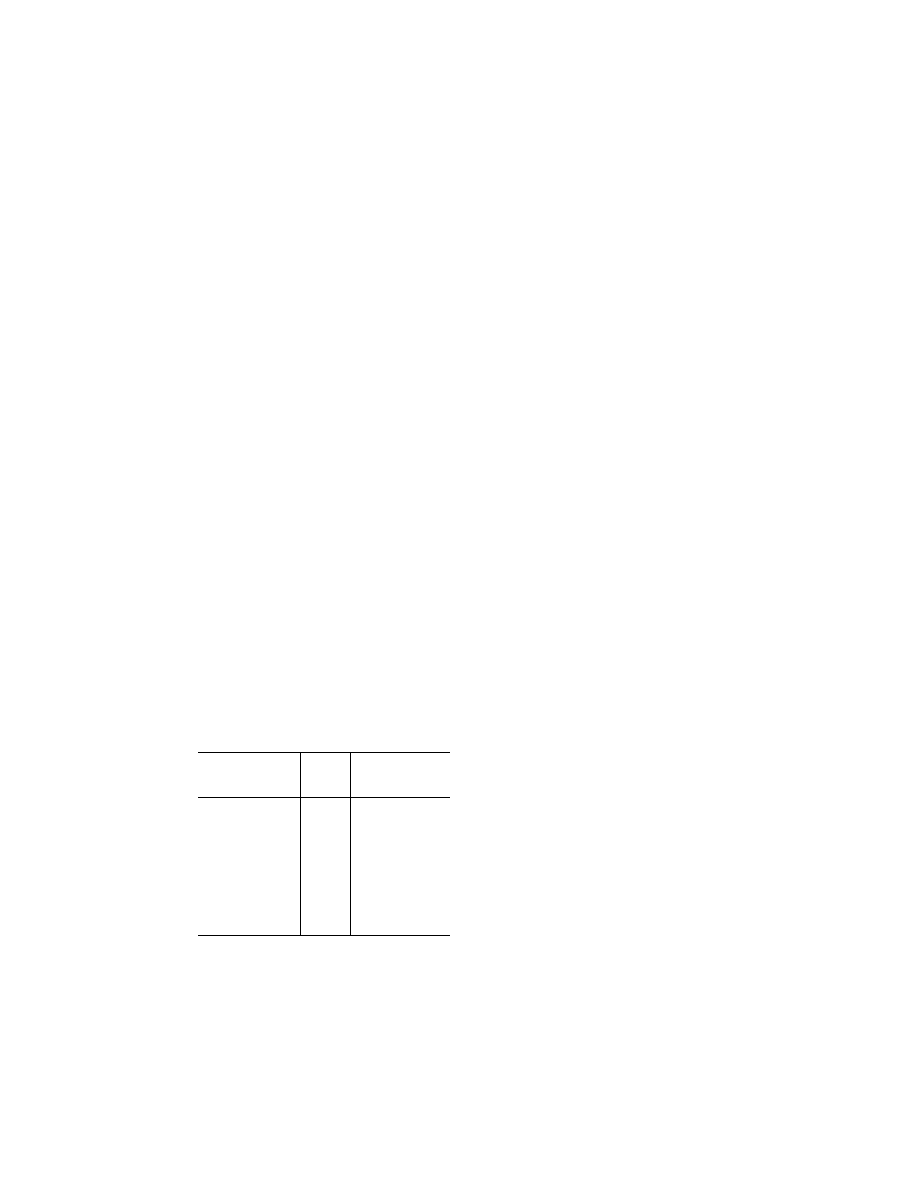
896
14 CFR Ch. I (1–1–24 Edition)
§ 105.5
§ 105.5
General.
No person may conduct a parachute
operation, and no pilot in command of
an aircraft may allow a parachute op-
eration to be conducted from an air-
craft, if that operation creates a hazard
to air traffic or to persons or property
on the surface.
§ 105.7
Use of alcohol and drugs.
No person may conduct a parachute
operation, and no pilot in command of
an aircraft may allow a person to con-
duct a parachute operation from that
aircraft, if that person is or appears to
be under the influence of—
(a) Alcohol, or
(b) Any drug that affects that per-
son’s faculties in any way contrary to
safety.
§ 105.9
Inspections.
The Administrator may inspect any
parachute operation to which this part
applies (including inspections at the
site where the parachute operation is
being conducted) to determine compli-
ance with the regulations of this part.
Subpart B—Operating Rules
§ 105.13
Radio equipment and use re-
quirements.
(a) Except when otherwise authorized
by air traffic control—
(1) No person may conduct a para-
chute operation, and no pilot in com-
mand of an aircraft may allow a para-
chute operation to be conducted from
that aircraft, in or into controlled air-
space unless, during that flight—
(i) The aircraft is equipped with a
functioning two-way radio communica-
tion system appropriate to the air traf-
fic control facilities being used; and
(ii) Radio communications have been
established between the aircraft and
the air traffic control facility having
jurisdiction over the affected airspace
of the first intended exit altitude at
least 5 minutes before the parachute
operation begins. The pilot in com-
mand must establish radio communica-
tions to receive information regarding
air traffic activity in the vicinity of
the parachute operation.
(2) The pilot in command of an air-
craft used for any parachute operation
in or into controlled airspace must,
during each flight—
(i) Continuously monitor the appro-
priate frequency of the aircraft’s radio
communications system from the time
radio communications are first estab-
lished between the aircraft and air
traffic control, until the pilot advises
air traffic control that the parachute
operation has ended for that flight.
(ii) Advise air traffic control when
the last parachutist or object leaves
the aircraft.
(b) Parachute operations must be
aborted if, prior to receipt of a required
air traffic control authorization, or
during any parachute operation in or
into controlled airspace, the required
radio communications system is or be-
comes inoperative.
§ 105.15
Information required and no-
tice of cancellation or postpone-
ment of a parachute operation.
(a) Each person requesting an author-
ization under §§ 105.21(b) and 105.25(a)(2)
of this part and each person submitting
a notification under § 105.25(a)(3) of this
part must provide the following infor-
mation (on an individual or group
basis):
(1) The date and time the parachute
operation will begin.
(2) The radius of the drop zone
around the target expressed in nautical
miles.
(3) The location of the center of the
drop zone in relation to—
(i) The nearest VOR facility in terms
of the VOR radial on which it is lo-
cated and its distance in nautical miles
from the VOR facility when that facil-
ity is 30 nautical miles or less from the
drop zone target; or
(ii) the nearest airport, town, or city
depicted on the appropriate Coast and
Geodetic Survey World Aeronautical
Chart or Sectional Aeronautical Chart,
when the nearest VOR facility is more
than 30 nautical miles from the drop
zone target.
(4) Each altitude above mean sea
level at which the aircraft will be oper-
ated when parachutists or objects exist
the aircraft.
(5) The duration of the intended para-
chute operation.
(6) The name, address, and telephone
number of the person who requests the
VerDate Sep<11>2014
14:00 Mar 14, 2024
Jkt 262047
PO 00000
Frm 00906
Fmt 8010
Sfmt 8010
Q:\14\14V2.TXT
PC31
aworley on LAPBH6H6L3 with DISTILLER
